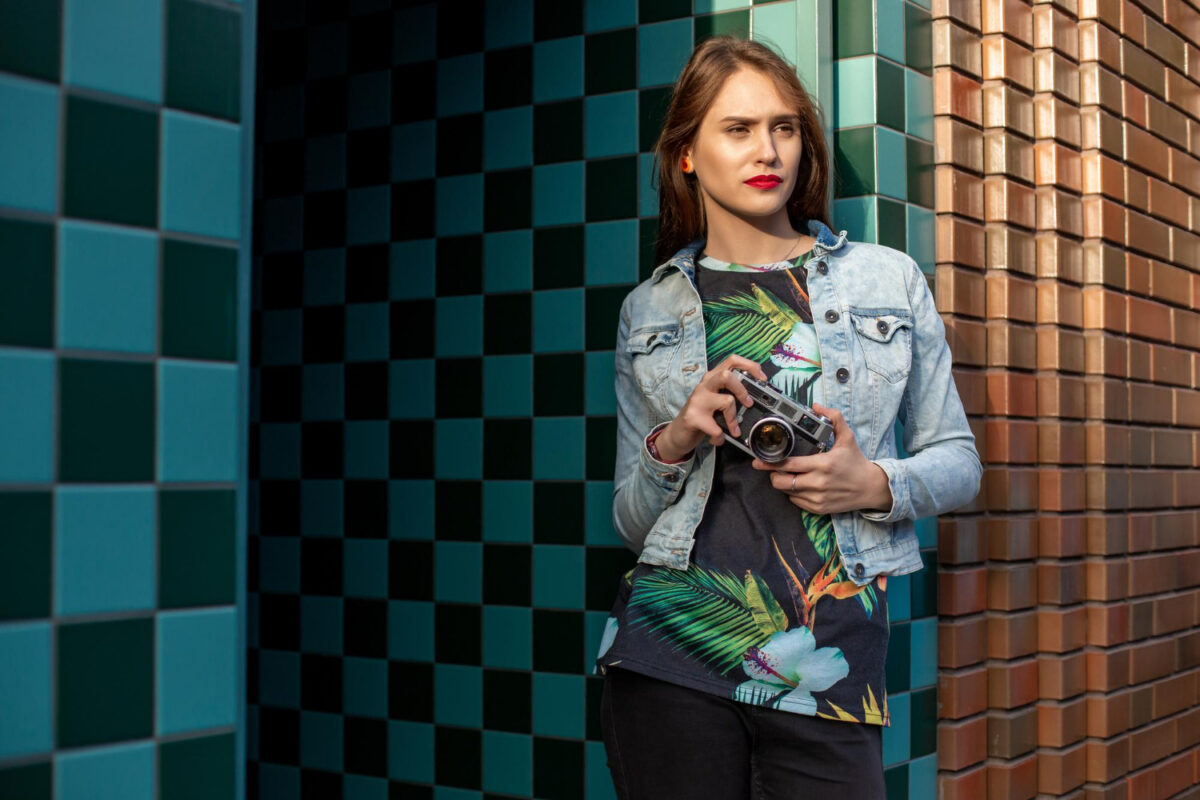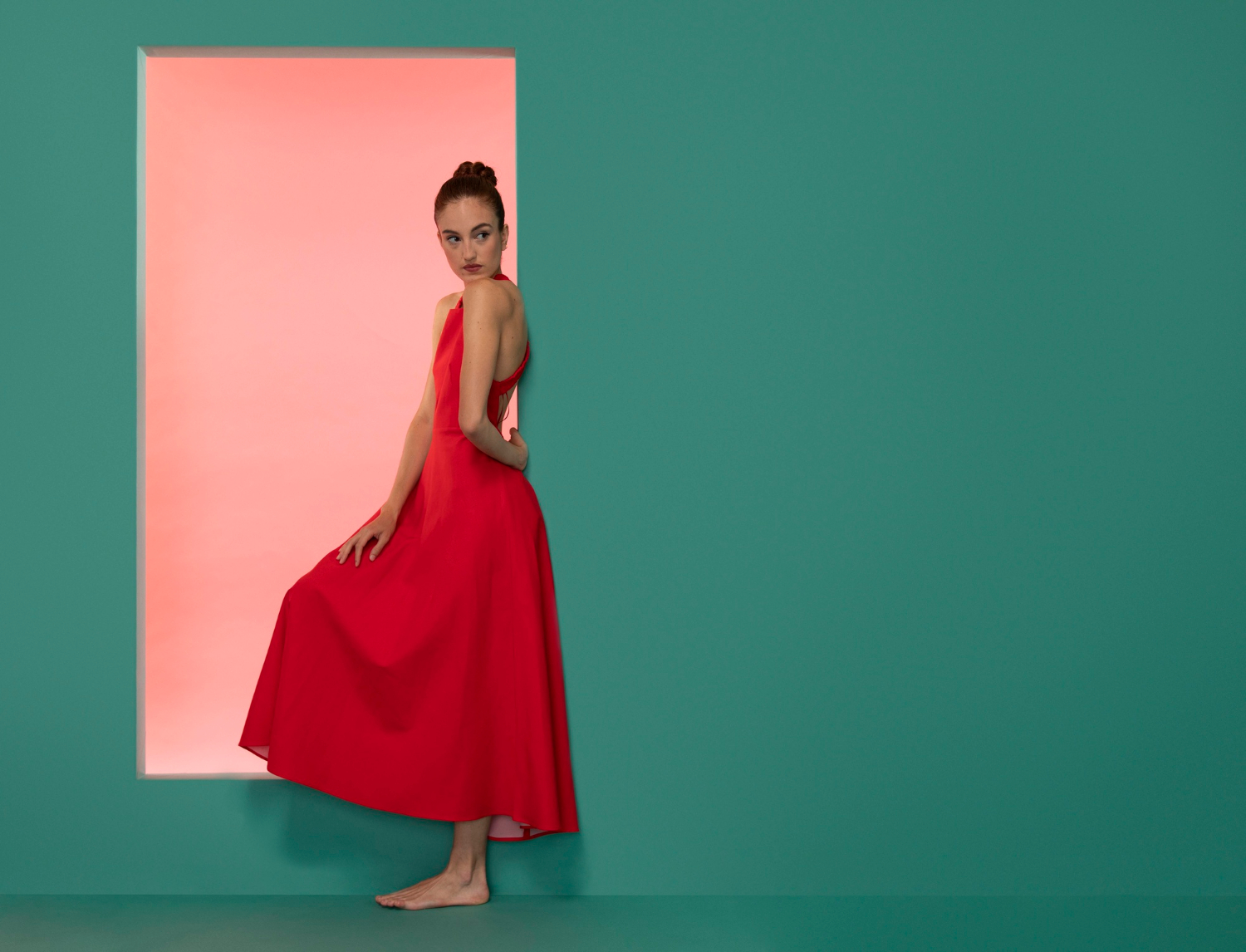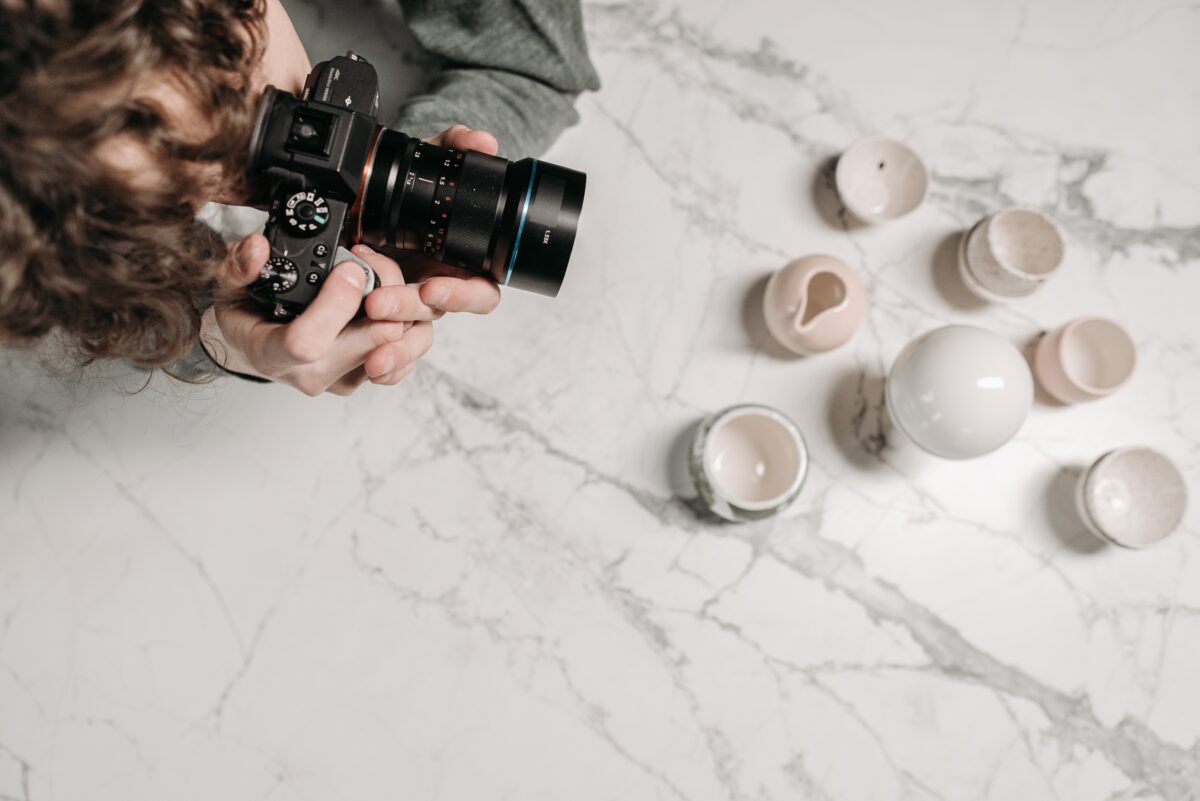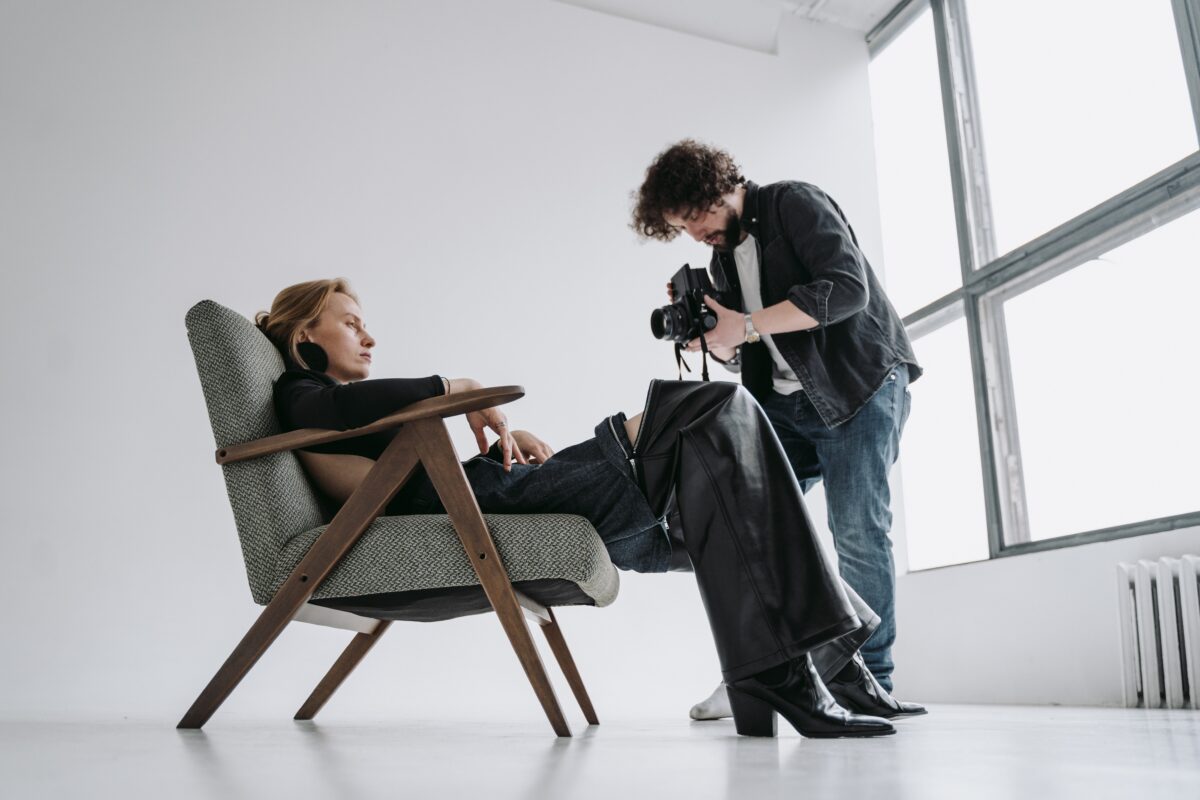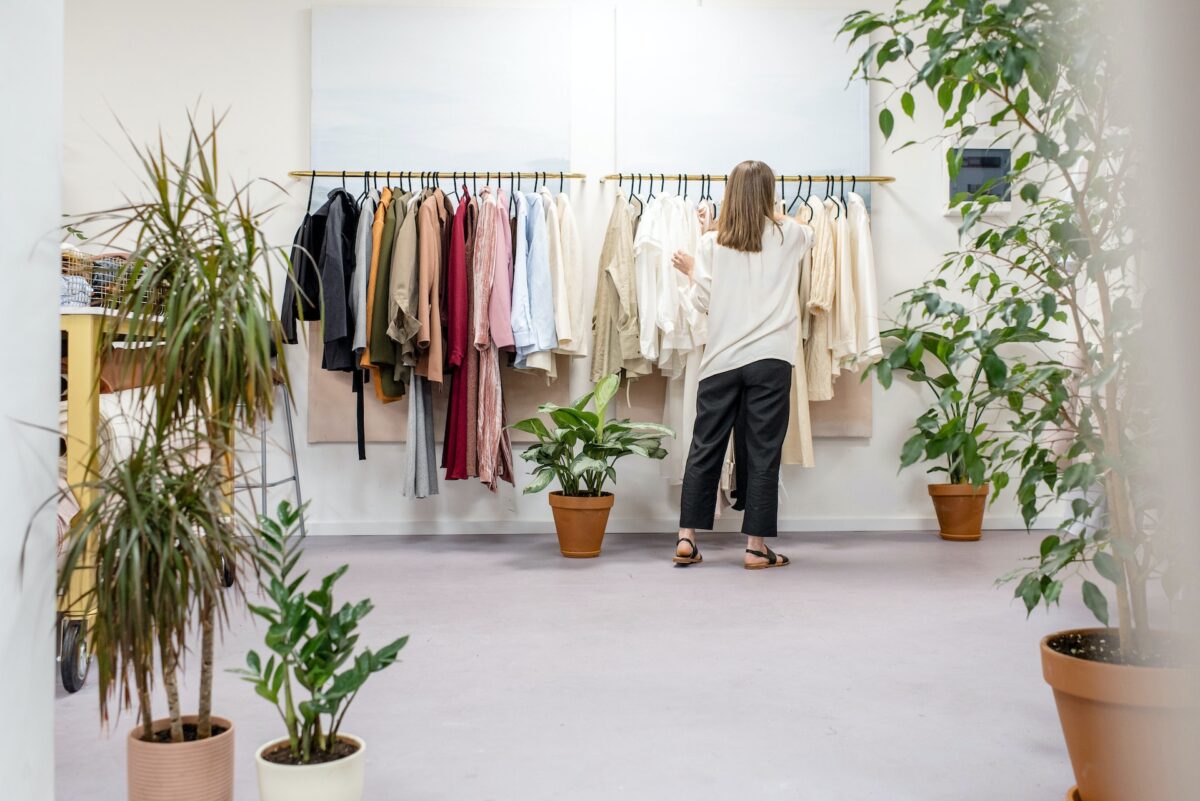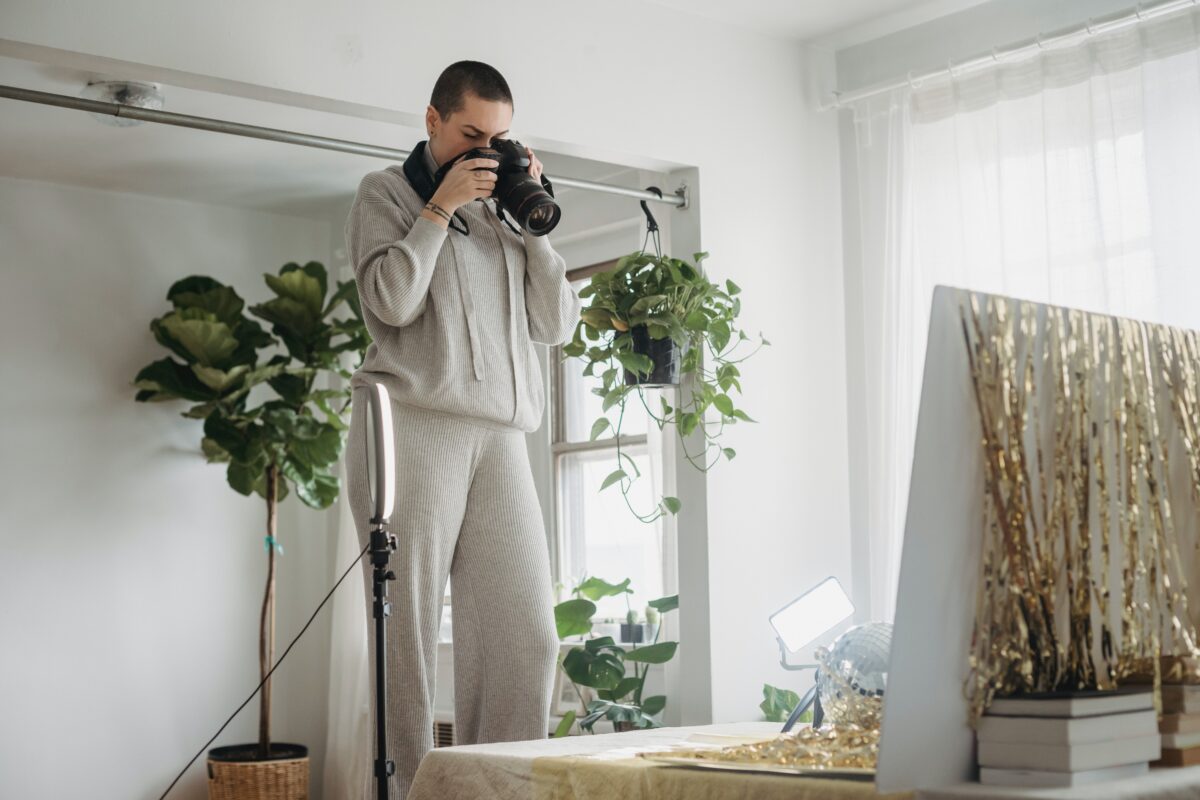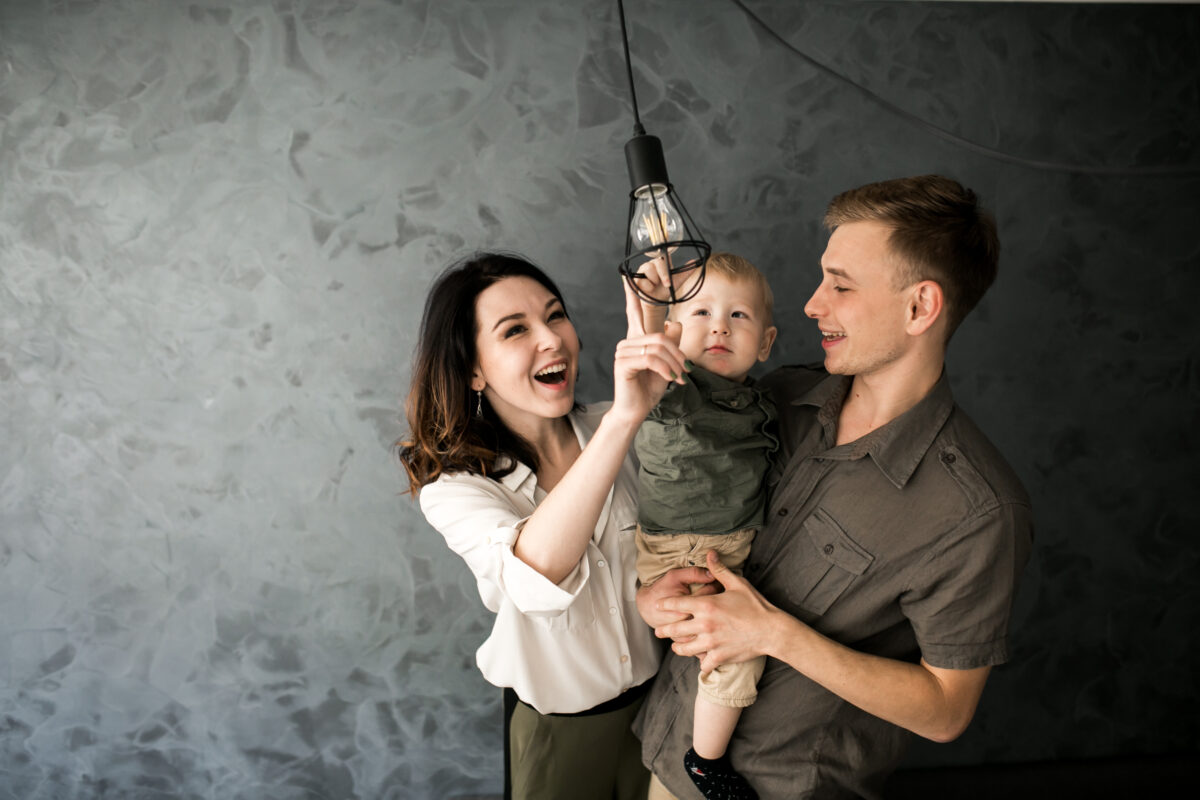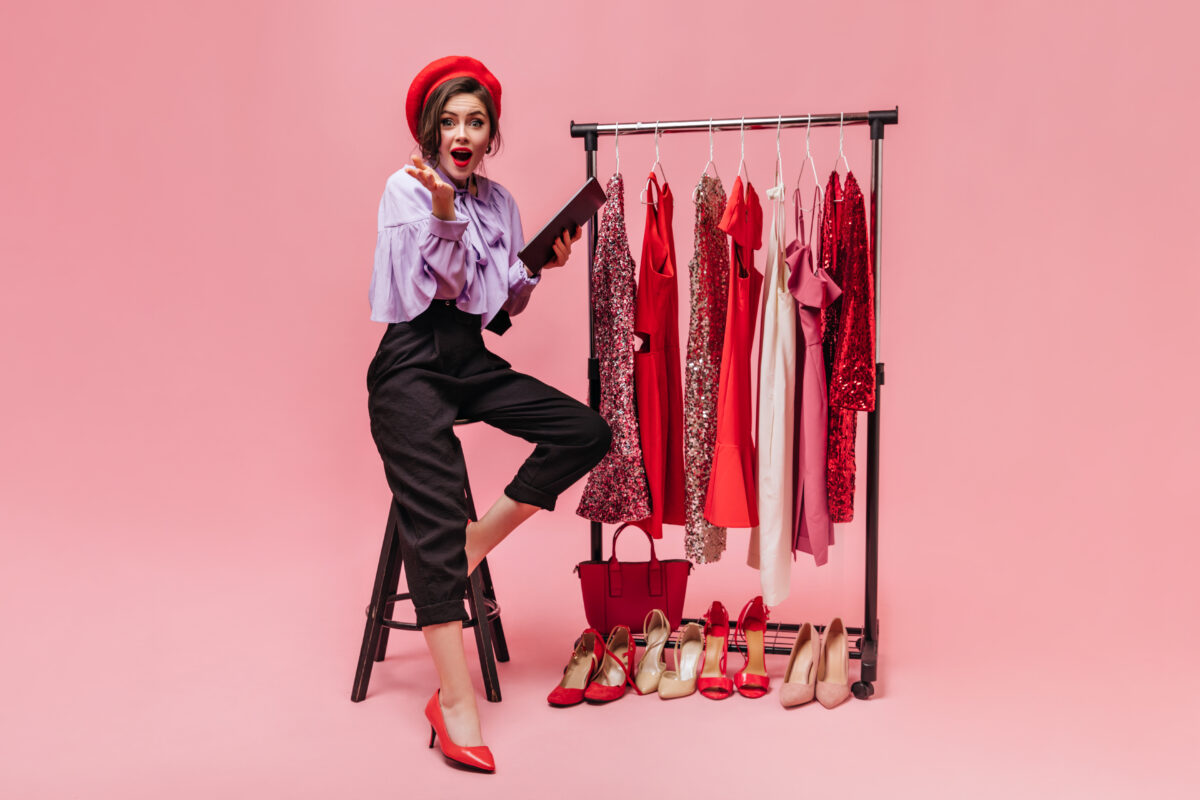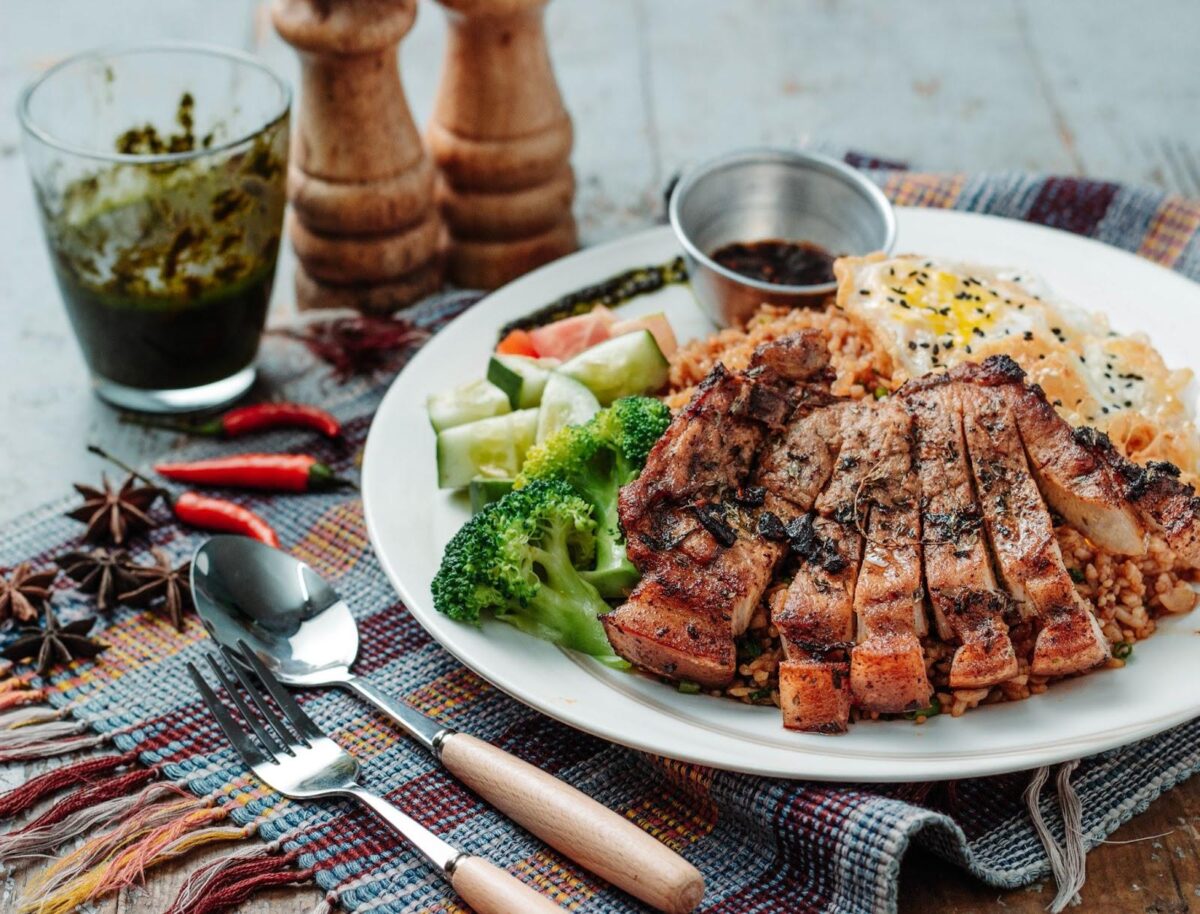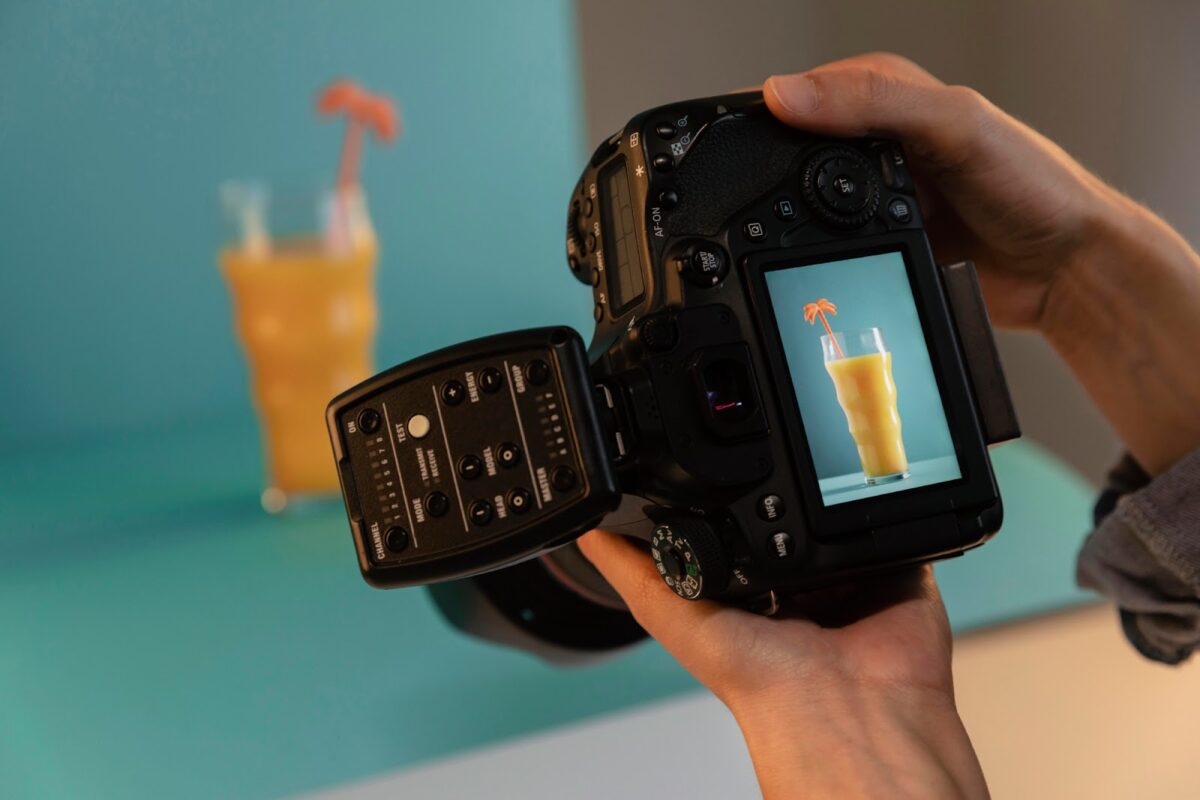The Role of Product Videos to Boost Ecommerce Sales
E-commerce businesses have often underestimated the potential of videos in promoting their products. However, the growing recognition of the effectiveness of motion content has compelled them to view videos as a pivotal sales-oriented tool. According to a survey conducted by Brizfeel with over 30,000 participants from around the world, 51% of respondents highlighted a common issue with online shopping: the inability to physically touch, feel, and try out a product. To address this consumer concern, leveraging high-quality videos emerges as a potent strategy to infuse online shopping with the tactile experience of an in-store purchase. In this guide, we’ll elucidate why investing in videos for your e-commerce business is crucial for boosting sales and provide valuable tips for crafting the most impactful videos for your enterprise. Let’s get started!
Benefits of using product videos in e-commerce
- Higher Conversion Rates for improved ROI
A worldwide survey conducted by the online video platform provider Brightcove revealed that nearly half (48%) of the respondents indicated that videos increased their confidence in making online purchases. Paid product reviews, brand testimonials, and user-generated content such as unboxing videos and reviews play a crucial role in establishing trust with your audience. Given that people are visual learners, videos assist customers in gaining a deeper understanding of a product, making product videography a valuable tool for enhancing sales.
- Comprehensive Product Demonstrations
Videos are a powerful way to creatively showcase all the product details, far more engaging than dry written information. Demonstrative video clips that explain product setup and usage provide customers with a clearer understanding. For example, if you sell power drills or hiking tents, including instructional videos for assembly and usage can be highly beneficial.
- Increased Customer Engagement
Videos are a more engaging form of content compared to pictures. A recent survey by Animoto found that 73% of U.S. adults were more likely to make a purchase after watching an explanatory video. Video content is more captivating than static images, leading to increased customer interest. The interactive nature of videos, along with audio-visual elements, encourages customers to spend more time on your site and boosts the likelihood of making a purchase.
- Improved Sales And Reduced Product Returns
Returns can be a headache for e-commerce businesses. Often, returns occur because customers are disappointed or have unrealistic expectations. High-quality product photography and videography on your product page can help manage these expectations. By accurately showcasing genuine reviews of the product and its features, videos reduce the likelihood of customers purchasing something that doesn’t meet their expectations. This not only promotes a more sustainable e-commerce business but also minimizes the back-and-forth shipping of items.
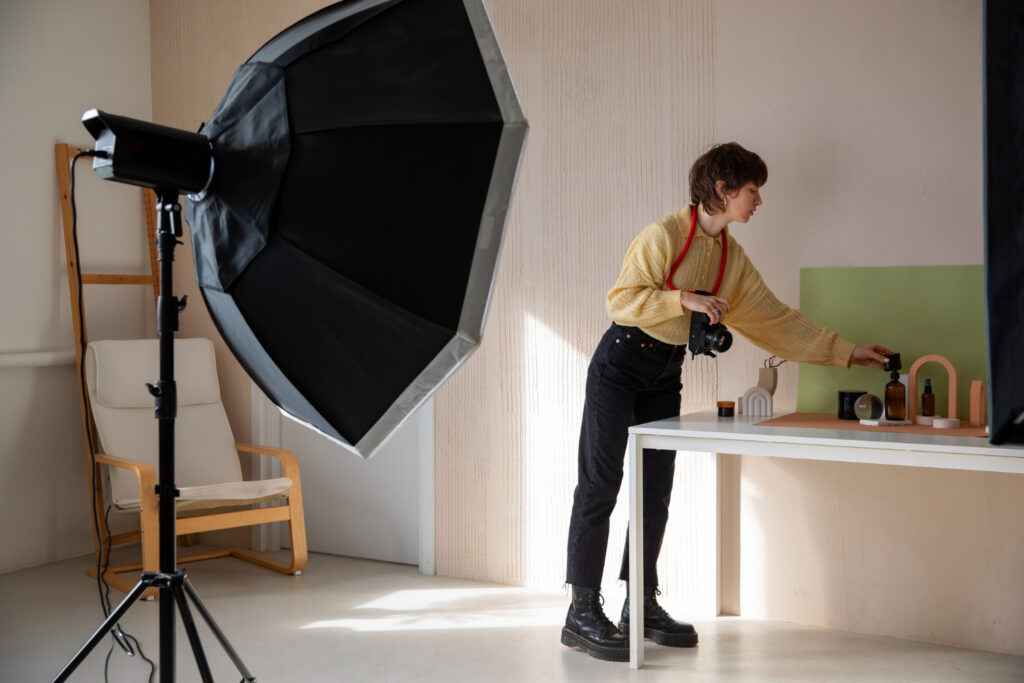
Types of Product Videos
The various forms of product videography can be categorized as follows:
- Product Demonstrations: These videos showcase how the product works and its key features.
- Product Reviews/Testimonials: Share feedback from customers or experts to establish trust.
- Product Unboxing: These videos display the unpacking process, creating excitement and revealing what’s inside.
- How-to/Tutorial Videos: Provide step-by-step instructions on using the product.
- Product Comparison Videos: Highlight the distinctions between your product and others in the market.
- Brand Videos: Present an overview of your brand’s values, mission, and products to foster a connection with the audience.
Essential Elements That Every Product Video Must Have
When you’re in the process of crafting a product video, it’s crucial to comprehend the fundamental elements that should be included. Here’s everything you need to know:
- Resonating with your customer
When viewers click on a product video, their intention is to gain valuable insights. Therefore, it’s important to keep e-commerce videos concise and avoid extraneous information. Short, to-the-point videos are most effective for demonstrating product usage and highlighting its benefits.
- High-quality video and audio
To maintain your customers’ engagement, your product videography should be visually appealing. Many social media platforms use a standard resolution of 1280 pixels in width and 720 pixels in height for videos, typically at a frame rate of 24 frames per second. Regarding audio quality, it’s advisable to use a bitrate of 128 kbps or higher. Additionally, it’s crucial to factor in the file size and employ efficient compression techniques to ensure swift loading on social media platforms. Consider investing in professional videography and photography equipment or enlisting the services of professional product videography experts to uphold high-quality visuals and audio in your videos.
- Compatible to work on multiple platforms
A successful commercial product videography is one that gets shared organically within your target audience. Make certain your videos are compatible with various platforms and devices to reach a broader audience. The more places your video can be viewed, the greater the benefit for your e-commerce business.

Tips To Get The Most Out Of Your Product Videos
- Make sure your video is just the right length
Would you be interested in a never-ending commercial? Probably not! So, why expect your audience to stay engaged the entire time? That’s why it’s advisable to create videos ranging from 15 seconds to two minutes in length. For a quick focus on a single feature, opt for a brief, few-second video. If you need more detailed information, a minute and a half video might be a good choice.
- Ensure you are setting the right pace and tone of your video
The pace of your video pertains to how rapidly events unfold, while the tone encompasses the overall feeling and atmosphere your video conveys. To ensure the tone aligns with your brand, consider factors like settings, lighting, word choices, and on-screen actions. Both pace and tone have a substantial impact on evoking emotions in viewers and influencing their subsequent actions following the video.
- Highlight product features
Emphasize the key features of your product. While product videos can be entertaining, their primary role should be to convey essential information. Viewers should readily uncover the significant functions, features, and visual aspects of the product.
- Use Detailed Descriptions, Subtitles, and Captions
When sharing your product videography on platforms like YouTube, Instagram, and similar platforms, it’s essential to employ search engine optimization (SEO) strategies. Make use of keyword research tools and seamlessly incorporate these keywords into your video title, description, captions, and tags to improve its discoverability. Craft a detailed description that informs viewers of what to expect and includes direct links for easy access to your product page, facilitating purchases.
- Include a Call to Action
Effective product videography requires a clear call to action (CTA). There are various ways to incorporate this, such as directing viewers to visit your website, subscribe to your channel, or make a purchase.
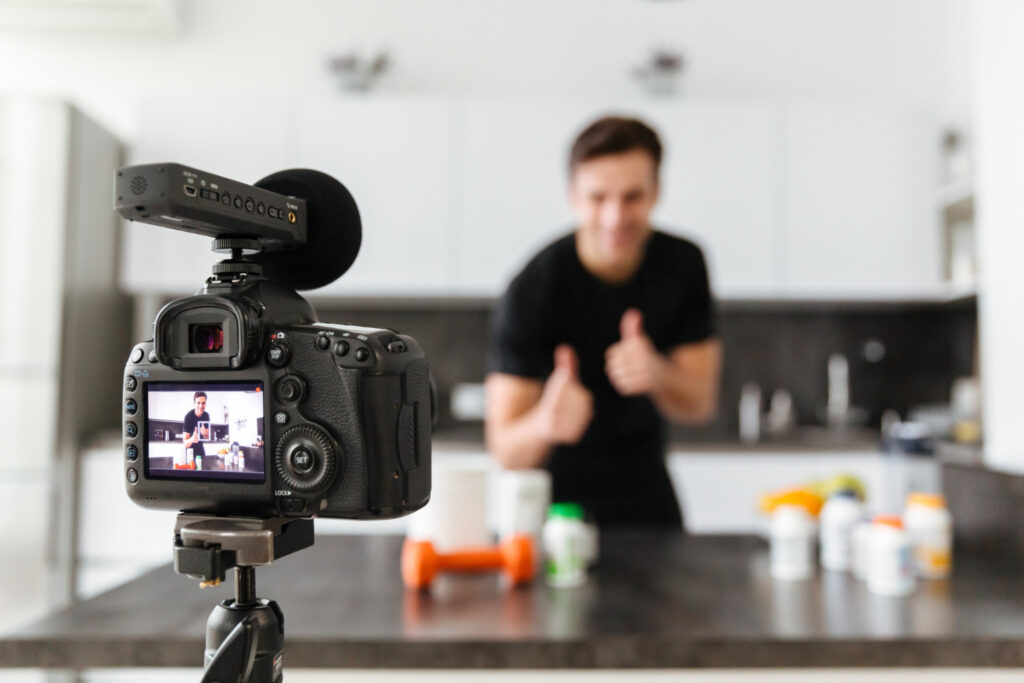
Significance of professional product video production
If you’re searching for “professionals providing product videography near me,” then you’re taking the right steps to create the most effective product video. Hiring a professional videographer comes with several benefits. These agencies offer expert product videography services to boost the success rate of your video. Some of the advantageous traits and services include:
- Expertise in video production: Their specialized knowledge and creative talents, including proficiency in areas such as animation, can significantly elevate the quality of content tailored to a company’s specific requirements.
- Cutting-edge technology: Professional videographers make substantial investments in state-of-the-art videography and photography equipment and technology. This commitment ensures the creation of visually captivating and polished videos, which could prove financially burdensome for in-house teams to replicate.
- Creative ideas to enhance videos: Another advantage is the fresh and innovative creative perspective they bring, resulting in impactful and memorable videos.
- Save time and money: Outsourcing to a videographer saves time and proves cost-effective compared to handling video production in-house. Doing so would necessitate investing in expensive equipment and providing training to a team member in professional video production and editing, which can be a substantial financial commitment.
- Update on current trends: These agencies stay updated with industry trends, offering companies access to the latest practices and ensuring that their video content remains relevant and compelling.
- Professional space to create the most engaging videos: Investing in professional product videographers enables you to tap into the dedicated spaces they have specially set up for creating effective videos. Getting a photo studio for rent is beneficial because these studios are equipped with the most advanced equipment and provide suitable lighting and essential amenities necessary for the successful completion of your recordings.
In a nutshell, product videography proves to be a game-changer for e-commerce businesses, effectively tackling the challenge of online shoppers not being able to physically interact with products. These videos offer a realistic user experience that not only boosts conversion rates but also enhances product understanding, engages customers, and reduces returns. If you’re on the lookout for a “product videographer near me,” professionally produced videos can make a significant impact on your company’s digital presence, captivating viewers, reinforcing brand identity, and driving business success. For those seeking cost-effective services to create product videos, don’t hesitate to reach out to Gratton Studios today. Contact us at 347-372-3915 or book online at grattanstudios.com to learn more.


